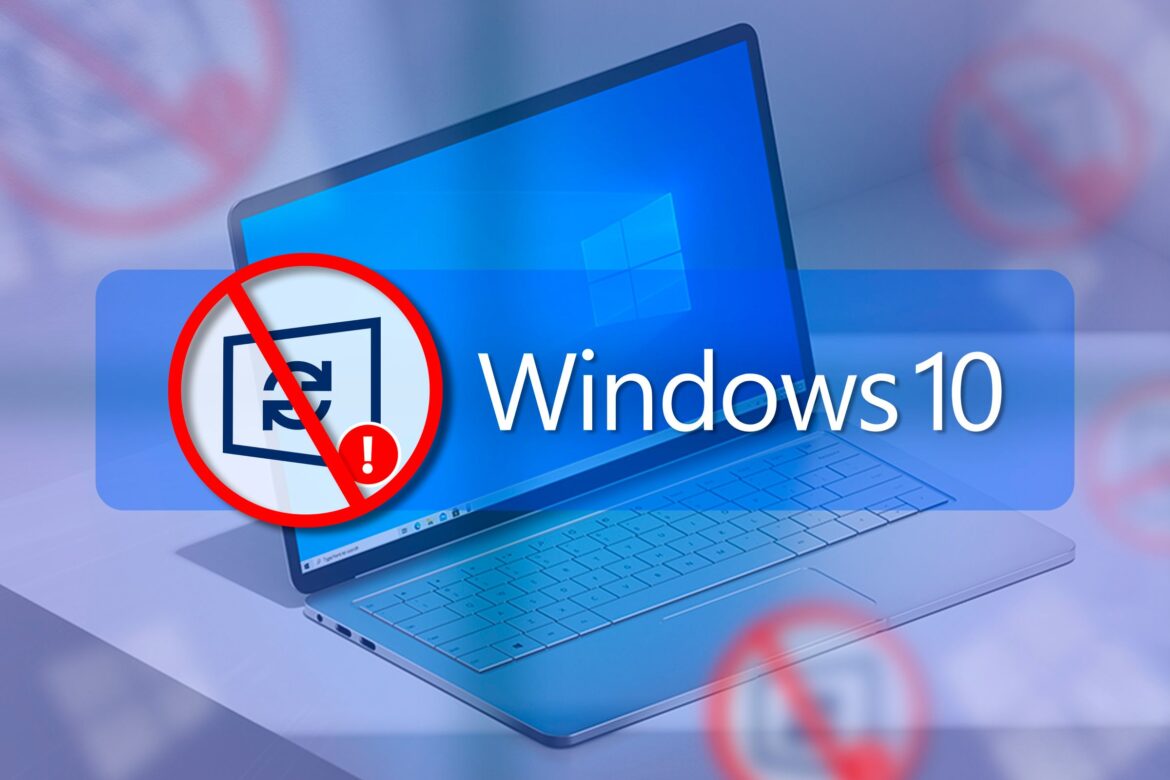321
The end of Windows 10 support on October 14, 2025, will affect many users. Several options will be available to you after that date.
Windows 10 support end: Use extended security updates
In theory, you can continue to use Windows 10 as usual from October 15, 2025. However, there will be no further automatic updates for the operating system, especially security updates.
- By using the ESU program for Windows 10, you can counteract this problem for another year. It provides you with important security updates for the operating system free of charge until October 13, 2026.
- To do this, you only need to log in to Windows 10 on your device with a valid Microsoft account (no child accounts). You will also need one of the following Windows 10 versions on your system: Windows 10 Version 22H2 Home, Professional, Pro Education, or Pro for Workstations.
- This step is only possible with a Windows 10 administrator account. Ensure that you have installed all current updates to use the ESU program.
- If you want to use the ESU program without a Microsoft account, you can purchase an ESU license through the activation service. This will cost you approximately $30. This allows you to continue using the operating system without registration.
- If you have a corporate license, the first year of ESU will cost you around €60. The service is offered for three years, and the price is expected to double in subsequent years.
- Note: It is possible to use Windows 10 without the ESU program. In this case, it is recommended that you use a permanently active security program, as well as ad blockers and other security measures when browsing.
End of Windows 10 support: Switch to Windows 11
It is not yet known whether the ESU program for Windows 10 will run for longer than a year. Alternatively, you can switch directly to Windows 11.
- If you have a computer that is compatible with Windows 11, you can upgrade your Windows 10 operating system free of charge. You can check this either in Windows Update or using the Microsoft PC Health Check tool.
- If the tool indicates that your PC does not meet the minimum requirements for Windows 11, this does not necessarily mean that this is actually the case. You can install Windows 11 on unsupported devices and do not need to scrap your old device.
- If you were planning to buy a new device anyway, it will probably already have Windows 11 pre-installed. If you are buying a refurbished or used device, make sure that it is compatible with Windows 11.
- Tip: If you’re not a fan of Windows 11, switch to macOS or Linux. Linux is particularly suitable if you want to continue using your current computer and don’t want to buy a new device.

